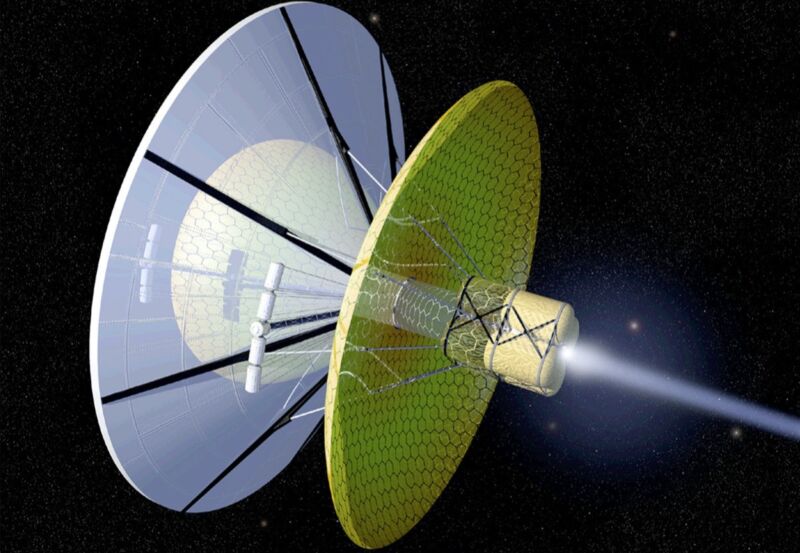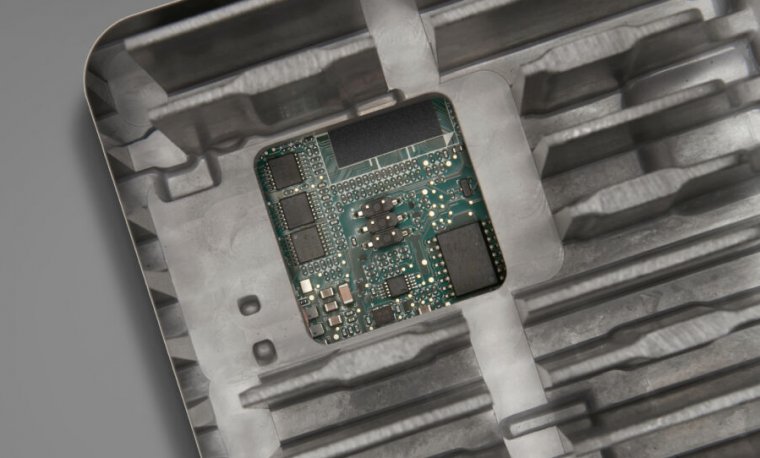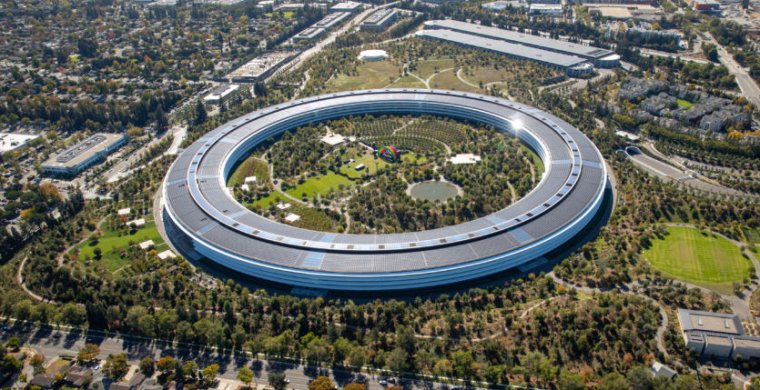
Enlarge (credit: Surapong Thammabuht / EyeEm)
Just as the pandemic hit, Christina Islas Lynggaard—a postdoc researcher at the University of Copenhagen’s Globe Institute—sat in her apartment surrounded by vacuums and filters. She tested them, eventually landing on a water vacuum, which was, for her purposes, pretty good. The rest didn’t quite make the cut—they had good suction, but the second you put a filter in them, it messed with their power supplies. “It just dies, and then the motor comes to overheat, and it was very difficult,” Lynggaard said.
All this testing was done for an interesting case, one that seems obvious in hindsight but could have valuable ecological applications. In short, Lynggaard and other researchers on her team were looking for a way to collect environmental DNA (eDNA) from the air to measure biodiversity or look for the presence of rare or invasive species.
Out of thin air
“We had no idea the best way to collect DNA from air,” Kristine Bohmann told Ars. Bohmann is an associate professor at the Globe Institute and one of the researchers involved in the effort.
자동 포스팅하고자 하는 타겟 사이트 유형 및 각 게시글별 메인 이미지, 콘텐츠 길이(Full Text), 출처 여부 등의 표시 형식 등은 운영자가 자유롭게 설정할 수 있습니다. (구체적인 설정 방법은 함께 제공되는 사용 가이드에 자세히 설명되어 있습니다.)
원하는 특정 콘텐츠(텍스트, 이미지 등)가 조건에 따라 자동 변환되도록, 운영자가 자유롭게 설정할 수 있습니다.
테마를 변경해도, 제휴 마케팅 상품 데이터 및 블로그 게시글 자동 포스팅 기능은 그대로 유지됩니다.









![E3 makes months-in-advance call to skip convention hall in 2022, go “virtual” [Updated]](https://cdn.arstechnica.net/wp-content/uploads/2022/01/e3-2022-gloves-800x450.jpg)

